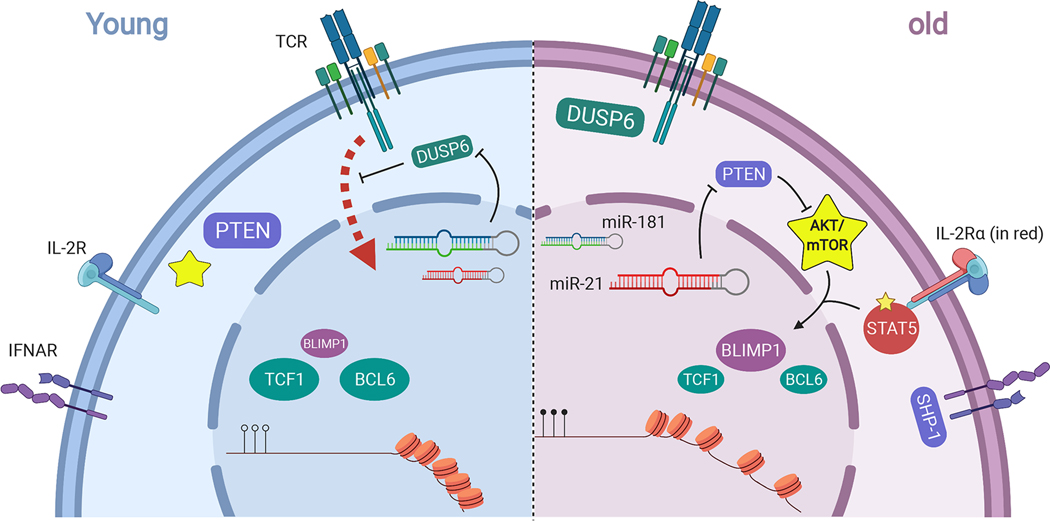Figure 3. Molecular mechanisms underlying age-related naïve T cell functionality.
Selected age-related changes at the cell surface and cytosolic level: TCR signaling is blunted with age through upregulation of DUSP6 due to loss of miR-181. Type I interferon response is weakened with age due to accumulation of SHP-1 at IFNα receptors (IFNAR). IL-2/STAT5 signaling is augmented with age due to the upregulation of CD25 aka IL-2 receptor α subunit (IL2R α). AKT/mTOR signaling is increased with age due to downregulation of PTEN by miR-21. At the nuclear level: In old T cells, chromatin accessibility shifts towards more differentiated states (illustrated by more opened chromatin) coupled with alterations in DNA methylation patterns. Transcription factors (TFs) driving effector differentiation such as BLIMP-1 increase with age due to upregulation of AKT/mTOR signaling and STAT5 signaling, whereas TFs driving memory and TFH differentiation such as TCF1 and BCL6 decline.

